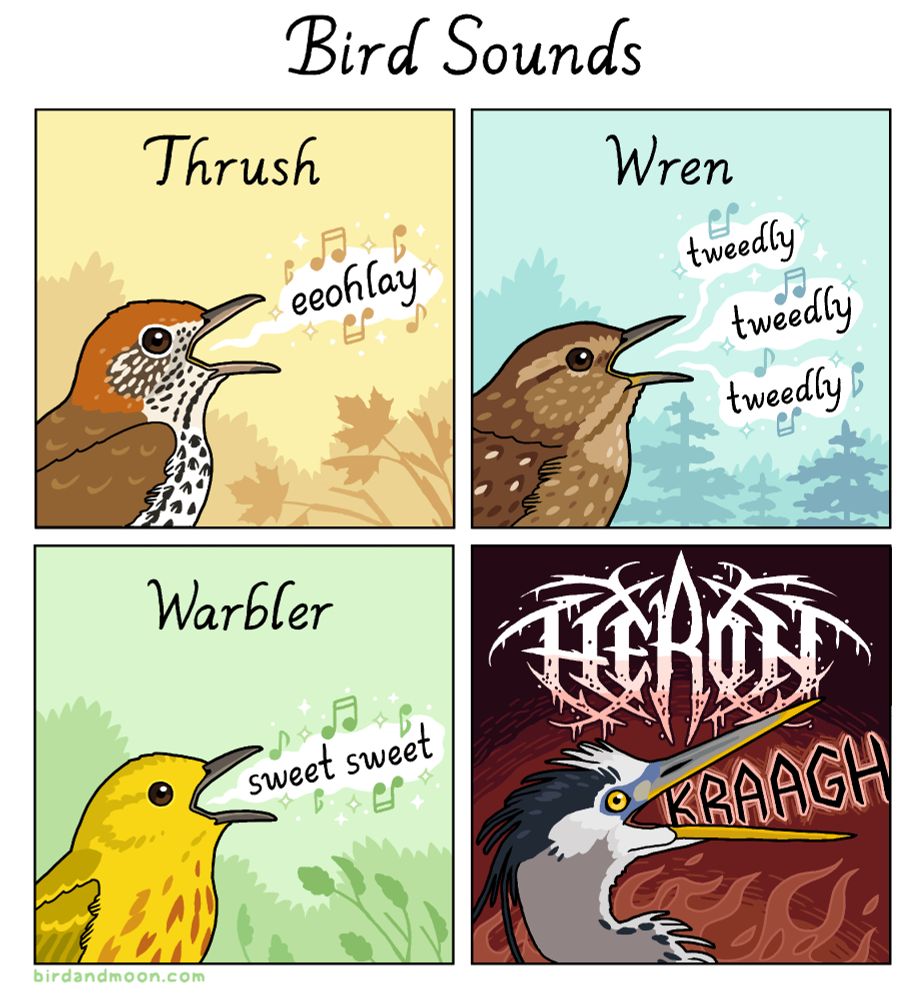
#photography #Icarus Credit: Andrew McCarthy
Link for more: www.thisiscolossal.com/2025/11/andr...

#photography #Icarus Credit: Andrew McCarthy
Link for more: www.thisiscolossal.com/2025/11/andr...
guess I'm built different, every time I'm out trying to see night sky stuff I frequently think about how much light pollution is entirely preventable with just a tiny bit of regulation

guess I'm built different, every time I'm out trying to see night sky stuff I frequently think about how much light pollution is entirely preventable with just a tiny bit of regulation
oceanographicmagazine.com/news/deep-se...

oceanographicmagazine.com/news/deep-se...
We fund girls, women, and gender non conforming persons pursuing herpetology🦎🐍🐸🐢
I can’t wait to read your application! earynmcgee.com/findthatliza...
We fund girls, women, and gender non conforming persons pursuing herpetology🦎🐍🐸🐢
I can’t wait to read your application! earynmcgee.com/findthatliza...
Bhalla, Trejo & @marymunson4.bsky.social in Nature Cell Biology: limiting who can participate in science “weakens research capacity and stifles discovery.”
doi.org/10.1038/s415...



Bhalla, Trejo & @marymunson4.bsky.social in Nature Cell Biology: limiting who can participate in science “weakens research capacity and stifles discovery.”
doi.org/10.1038/s415...


(Selenops sp.) Yasuni National Park, Ecuador 2018

(Selenops sp.) Yasuni National Park, Ecuador 2018
We highlight knowledge gaps & future directions ✨
"The circular seabird economy is critical for oceans, islands and people": doi.org/10.1038/s443...

We highlight knowledge gaps & future directions ✨
"The circular seabird economy is critical for oceans, islands and people": doi.org/10.1038/s443...
Audio & transcript 📻 xerces.org/bug-banter/s...
Video w/ captions 📺 www.youtube.com/watch?v=eAJE...

Audio & transcript 📻 xerces.org/bug-banter/s...
Video w/ captions 📺 www.youtube.com/watch?v=eAJE...
#climatecrisis #tippingpoint #auspol www.leeds.ac.uk/news/article...

#climatecrisis #tippingpoint #auspol www.leeds.ac.uk/news/article...
On this #BugBanterPodcast we'll dive underwater to meet freshwater insects, & discover the conservation work they need!
Audio & transcript 📻 xerces.org/bug-banter/s...
Video w/ captions 📺 www.youtube.com/watch?v=22sh...

On this #BugBanterPodcast we'll dive underwater to meet freshwater insects, & discover the conservation work they need!
Audio & transcript 📻 xerces.org/bug-banter/s...
Video w/ captions 📺 www.youtube.com/watch?v=22sh...


This article presents the results of a study of a large assemblage of broken ceramic vessels from a communal tomb with multiple episodes of mortuary activity & later disturbances.

This article presents the results of a study of a large assemblage of broken ceramic vessels from a communal tomb with multiple episodes of mortuary activity & later disturbances.
Common mycorrhizal networks facilitate plant disease resistance by altering rhizosphere microbiome assembly
Free share link: authors.elsevier.com/c/1lnTD6t8JE...

Common mycorrhizal networks facilitate plant disease resistance by altering rhizosphere microbiome assembly
Free share link: authors.elsevier.com/c/1lnTD6t8JE...
-- @sofishtication.bsky.social
www.nature.com/articles/d41...
🌊 🦑

-- @sofishtication.bsky.social
www.nature.com/articles/d41...
🌊 🦑






